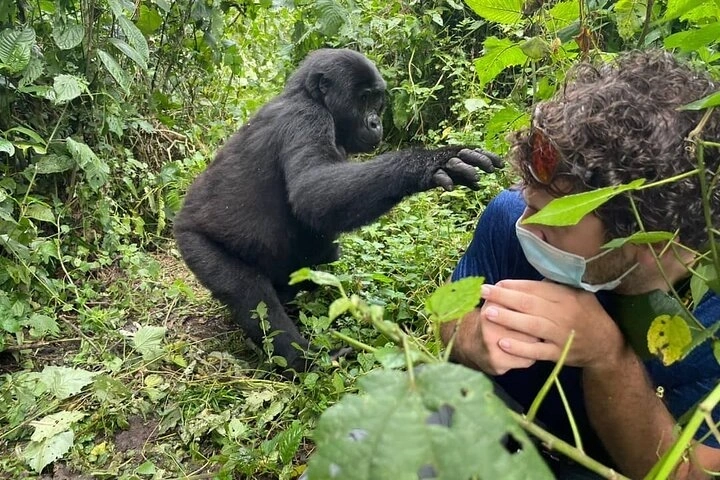How easy is it to trek gorillas in Uganda?
Gorilla trekking in Uganda is an extraordinary wildlife experience that offers adventure, excitement, and an opportunity to observe endangered mountain gorillas in their natural habitat. However, the ease of the trek depends on several factors, including the location, terrain, fitness level, and even the specific gorilla family assigned to visitors.
1. Gorilla Trekking Locations in Uganda
Uganda is home to over half of the world’s remaining mountain gorillas, primarily found in two national parks:
- Bwindi Impenetrable National Park – This park has 20 habituated gorilla families and is the most popular destination for gorilla trekking. However, its dense forest, steep terrain, and high altitudes make the trek challenging.
- Mgahinga Gorilla National Park – This smaller park has one habituated gorilla family and features a relatively easier trek with bamboo forests and open terrain compared to Bwindi.
2. Trekking Difficulty and Terrain
Gorilla trekking in Uganda varies in difficulty. Some treks last just 30 minutes, while others can take up to 6 hours. Factors affecting difficulty include:
- Terrain – Bwindi is known for its thick vegetation, steep slopes, and muddy trails, making it a physically demanding trek. Mgahinga has more open landscapes, though it can still be challenging.
- Altitude – Bwindi lies at an elevation of about 1,160 to 2,600 meters, meaning visitors may experience fatigue and shortness of breath.
- Weather Conditions – The rainforest climate means trails can be slippery due to frequent rains, making hiking difficult.
3. Physical Fitness and Preparation
Although people of different ages and fitness levels participate in gorilla trekking, having a reasonable level of physical fitness is recommended. To prepare:
- Engage in cardio exercises like jogging or hiking before the trip.
- Wear proper trekking gear including waterproof hiking boots, gloves, long-sleeved shirts, and rain jackets.
- Carry a walking stick (provided by park rangers) for stability.
- Hire a porter to help carry your backpack and offer assistance on steep sections.
4. Gorilla Trekking Permit and Rules
To trek gorillas in Uganda, visitors must obtain a permit, which costs $800 per person for foreign non-residents, $700 for foreign residents, and UGX 300,000 for East African citizens. This permit grants access to a specific gorilla group for one hour of observation.
Trekking follows strict guidelines, including:
- Maintaining a 7-meter distance from the gorillas.
- Avoiding flash photography to prevent disturbing them.
- Keeping voices low while observing.
- Avoiding trekking if sick, as gorillas can catch human diseases.
5. Gorilla Group Assignments
Trekkers are assigned to different gorilla families based on fitness levels. Rangers try to match less fit trekkers with families located closer to the trailheads, while those who can endure longer hikes are assigned to families deeper in the forest.
6. The Role of Rangers and Trackers
Experienced guides, rangers, and trackers lead every trek, making the experience safer and more manageable. They use their knowledge to track gorilla movements and ensure trekkers have the best chance of finding them.
7. Best Time for Gorilla Trekking
Gorilla trekking is possible year-round, but the dry seasons (June to September and December to February) offer easier trails and better visibility. The rainy seasons (March to May and October to November) make trails muddy and more challenging but can be less crowded.







